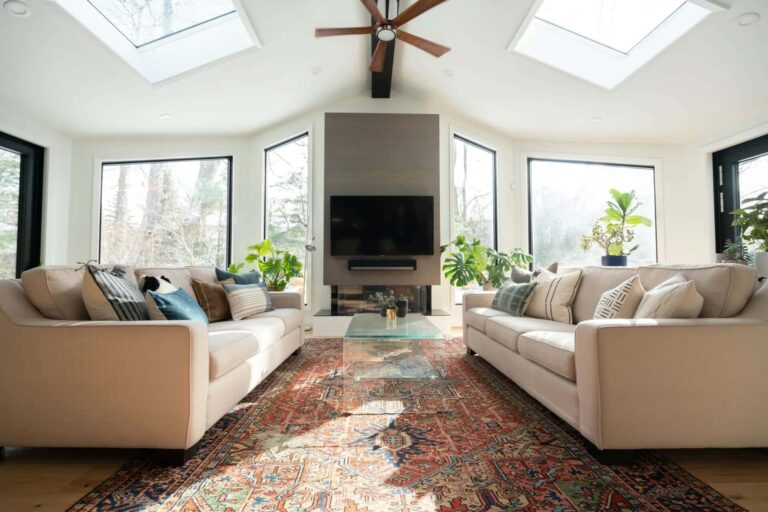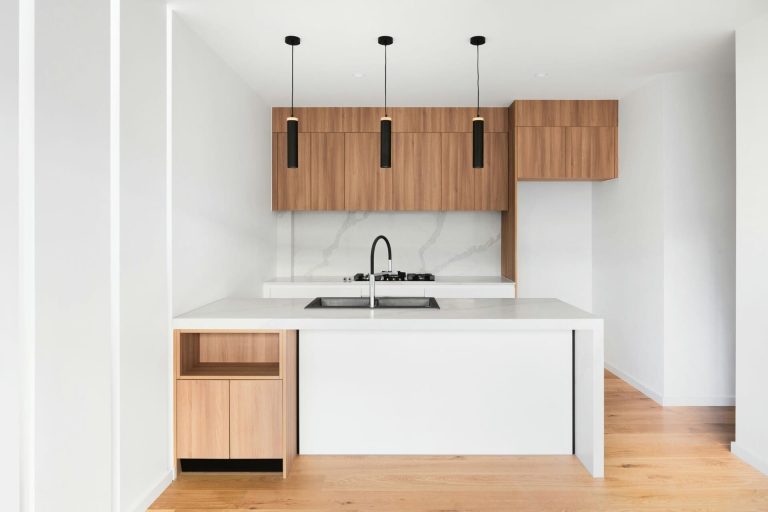Sure! Here’s an introduction to your article:
Hey there! So, if you’ve been keeping an eye on the property market lately, you know things are getting a bit tricky for developers in Malaysia. Rising costs, supply chain hiccups, and unexpected challenges have been shaking things up big time. But instead of throwing in the towel, our local developers are rolling up their sleeves and finding innovative ways to adapt. In this article, we’ll dig into how these savvy builders are coping with the current landscape, balancing the books while still aiming to deliver homes that people love. Grab a cup of your favorite kopi and let’s dive into the world of Malaysian property development!
—
Hope you like it!
Strategies for Cost Management in Malaysian Development Projects
In the face of rising costs and challenges, Malaysian developers are adopting innovative approaches to ensure effective cost management throughout their projects. One vital strategy involves negotiating better deals with suppliers and subcontractors. By leveraging strong relationships and fostering transparent communication, developers can often secure more favorable pricing and reduce overall project expenses. This collaborative approach encourages a sense of partnership, aligning the interests of all stakeholders involved.
Another effective tactic is the implementation of advanced project management software. These technologies provide real-time data and analytics that empower developers to monitor expenses closely, track project progress, and make informed decisions quickly. Furthermore, using these tools can result in increased efficiency, enabling teams to allocate resources more effectively and minimizing the risk of cost overruns. As a result, many developers are finding that investing in technology not only streamlines operations but also translates into substantial savings.
Additionally, embracing a culture of sustainability is increasingly recognized as a cost-effective strategy. By incorporating sustainable practices—such as energy-efficient designs and recycled materials—developers can reduce long-term operational costs and appeal to environmentally conscious buyers. Not only does this foster goodwill with the community, but sustainable projects often qualify for government incentives, further enhancing their financial viability. Developers that proactively adopt such measures position themselves for success in a competitive market.
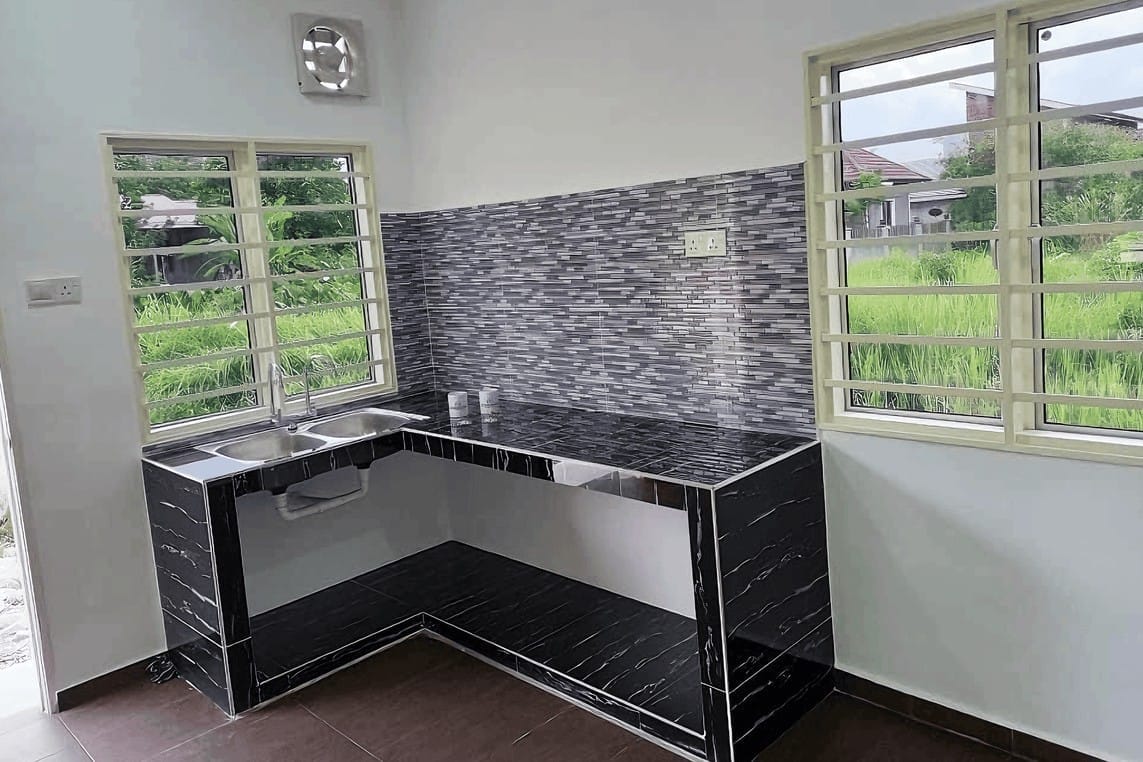
Innovative Materials: A Sustainable Approach to Rising Construction Costs
As construction costs soar, developers in Malaysia are turning towards innovative materials that not only promise durability but also align with sustainable practices. Among the frontrunners in this shift are materials derived from recycled sources, which are proving to be both cost-effective and environmentally friendly. For instance, using recycled concrete aggregates helps reduce waste while delivering the strength required for modern buildings.
Moreover, advancements in green technology are paving the way for the adoption of alternative materials such as bamboo and cross-laminated timber (CLT). These materials not only provide excellent thermal insulation but also significantly lower carbon footprints compared to traditional concrete and steel. Some of the key benefits include:
- Cost Efficiency: Reduced energy costs over time.
- Rapid Construction: Shorter project timelines due to easier handling.
- Natural Aesthetics: Enhanced design options with a unique appeal.
To evaluate the shift in materials and their effectiveness, developers have begun incorporating performance metrics into their project assessments. A recent survey of local developers highlighted preferred materials and their average cost implications:
| Material | Cost per Unit (RM) | Sustainability Score |
|---|---|---|
| Recycled Concrete Aggregate | 150 | 8/10 |
| Bamboo | 220 | 9/10 |
| Cross-Laminated Timber | 300 | 7/10 |
By leveraging these innovative materials, Malaysian developers are not just responding to rising costs but are also championing a movement towards a more sustainable and responsible construction industry. This approach fosters resilience, ensuring the future of building remains both economically viable and ecologically sound.
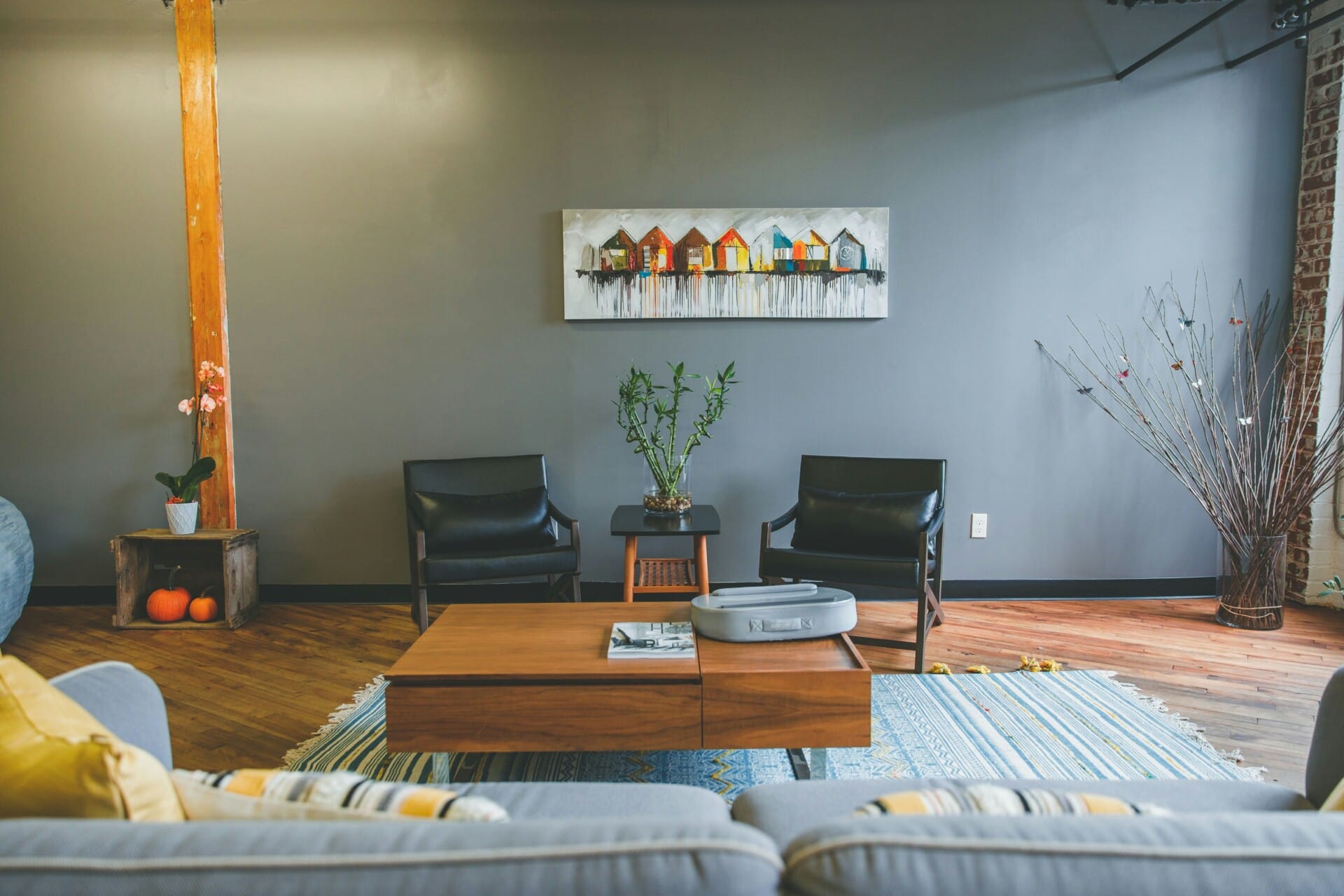
Navigating Regulatory Challenges: Adapting to New Policies and Standards
As Malaysian developers grapple with increasing costs and a shift in market dynamics, adapting to new regulations is critical for maintaining competitiveness. With government agencies rolling out stricter building codes and environmental standards, companies are finding themselves at a crossroads. Investing in compliance not only secures a company’s reputation but also opens doors for innovation. Developers are actively seeking ways to familiarize their teams with the latest regulations, ensuring that all phases of a project—from planning to execution—adhere to the legal standards in place.
To stay ahead, many developers are embracing digital tools and data analytics that aid in regulatory compliance. By leveraging technology, firms can automate compliance checks and streamline the documentation process, making it far easier to adapt to new requirements. Moreover, engaging with local communities and stakeholders can facilitate smoother approvals and foster goodwill, ultimately leading to more sustainable project outcomes. Key strategies include:
- Regular Training: Offering workshops to keep staff updated on evolving regulations.
- Collaboration: Partnering with regulatory agencies to ensure compliance is seamless.
- Technology Integration: Implementing software that tracks changes in regulations and compliance status.
Another crucial aspect for developers is understanding the long-term implications of these regulations on operational costs. Compliance might require upfront investments, such as energy-efficient materials or more advanced construction methods, but these can lead to substantial savings in the long term. Many developers are now analyzing their expenditures through detailed reporting, which enables them to track costs associated with compliance. Here’s how they approach it:
| Item | Estimated Cost | Long-term Benefits |
|---|---|---|
| Energy-efficient Lighting | RM 50,000 | Lower electricity bills |
| Eco-friendly Materials | RM 75,000 | Increased property value |
| Advanced Security Systems | RM 30,000 | Reduced insurance premiums |

Technology Integration: Leveraging Digital Tools for Efficiency
In today’s fast-paced development landscape, Malaysian builders are turning to digital tools to navigate through rising costs and challenges. By incorporating technology into their workflows, they’re finding innovative ways to boost efficiency and reduce overhead. Key digital solutions include:
- Project Management Software: Tools like Trello and Asana help teams streamline project timelines and manage resources effectively.
- Building Information Modeling (BIM): This technology promotes collaboration among stakeholders by allowing for real-time updates and visualization of projects, minimizing costly errors.
- Cloud Computing: Accessing data from anywhere ensures everyone stays on the same page and can work together seamlessly.
Moreover, automation is proving to be a game-changer. By adopting AI-driven solutions, developers can automate repetitive tasks such as scheduling and budgeting, allowing them to focus on more strategic initiatives. A brief comparison shows how automation can impact efficiencies:
| Task Type | Traditional Method | Automated Method |
|---|---|---|
| Budget Tracking | Manual spreadsheets | Real-time updates via software |
| Team Communication | Email chains | Instant messaging platforms |
| Schedule Management | Physical calendars | Automated reminders and alerts |
As Malaysian developers embrace these digital transformations, they are not only offsetting costs but also improving the quality and speed of their projects. By continuously exploring and integrating new technologies, they are setting themselves up for long-term success even amidst economic uncertainties.

Building Resilience: Workforce Management in Uncertain Economic Times
In the face of rising costs and economic uncertainty, Malaysian developers are getting innovative with their workforce management strategies. Flexibility is now more crucial than ever. Companies are adapting by incorporating hybrid work models that allow team members to balance remote work with in-office responsibilities. This not only helps in reducing overhead costs but also keeps the morale high. The emphasis on skill diversification is evident, as employers are offering training programs that empower employees to juggle multiple roles, enhancing the overall productivity of the workforce.
Moreover, collaboration tools are playing a pivotal role in ensuring that teams stay connected, regardless of their physical locations. By leveraging technology, developers can facilitate seamless communication and efficient project management. Utilizing tools like project management software and instant messaging apps ensures that everyone is on the same page, easily sharing progress and addressing challenges as they arise. The key here is to create an environment where feedback loops are open and teams work together effectively to adapt to changing situations.
Another important aspect to focus on is the mental well-being of the workforce. Developers recognize that a happy, healthy team is more equipped to tackle challenges. Initiatives such as wellness programs, mental health days, and flexible hours allow employees to recharge and maintain a sustainable work-life balance. This approach not only minimizes attrition rates but also cultivates a culture where staff are engaged and motivated to contribute to their company’s success, even in unpredictable times.
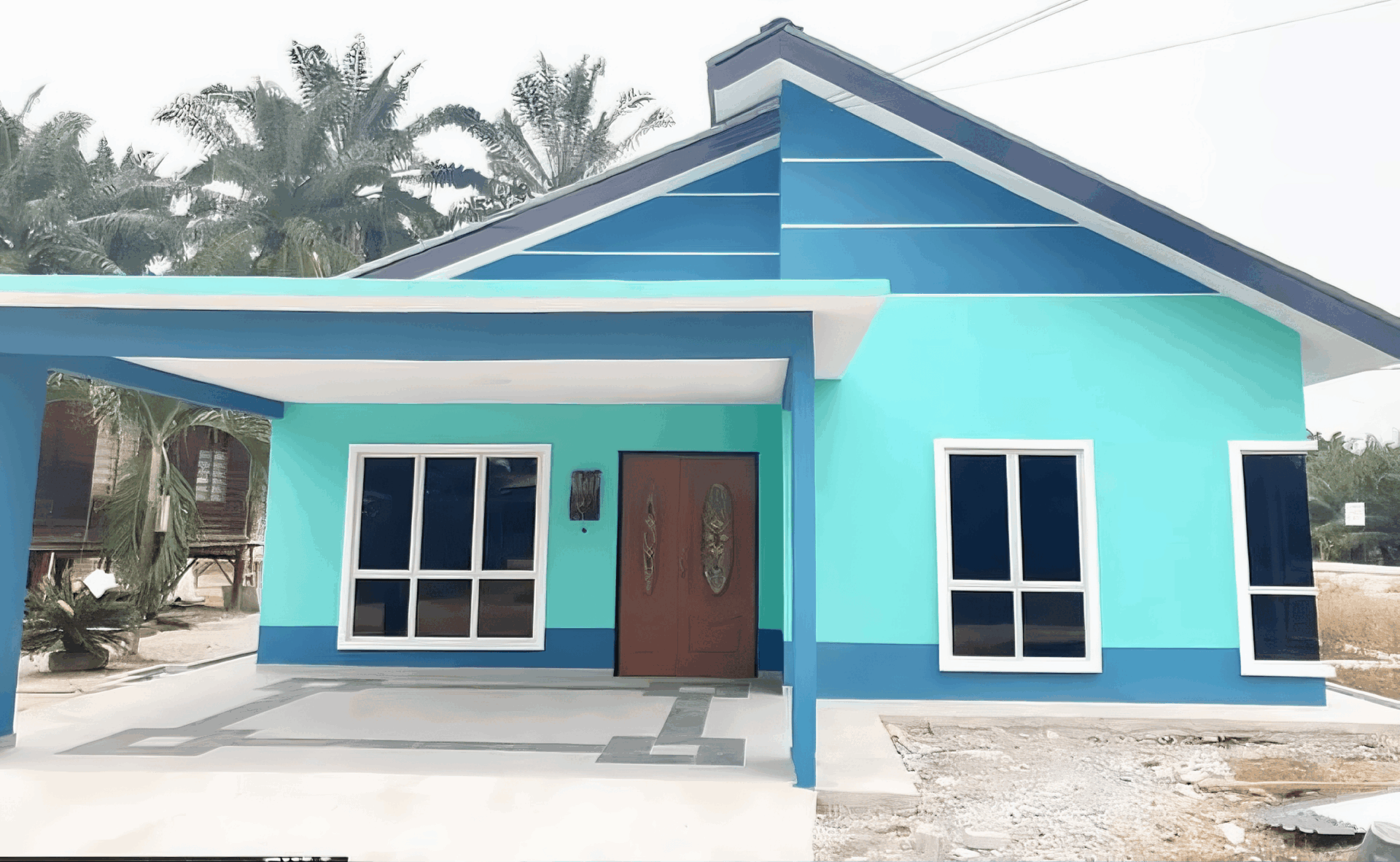
Collaborative Practices: Strengthening Relationships with Suppliers and Stakeholders
In the ever-evolving landscape of property development, Malaysian companies are shifting their focus towards building *stronger relationships* with suppliers and stakeholders. This collaborative approach not only aids in navigating rising costs but also fosters innovation and efficiency. By establishing open lines of communication, developers are able to share insights and expectations, which can lead to *more transparent pricing discussions*. Here are some key strategies that are helping improve collaboration:
- Regular Check-ins: Frequent meetings help to address concerns before they escalate.
- Shared Technology Platforms: Tools like project management software improve coordination and accountability.
- Joint Planning Sessions: Including suppliers in the planning phase leads to better project outcomes.
Moreover, focusing on *mutual benefits* can enhance partnerships. Developers are increasingly seeking input from suppliers at the design stage, allowing for insights into material availability and cost-saving options. This approach not only helps in mitigating supply chain disruptions but also empowers stakeholders by *valuing their expertise*. For instance, retailers and contractors can provide crucial feedback that influences project timelines and budgets significantly.
| Benefit | Description |
|---|---|
| Cost Reduction | Collaborative efforts often lead to identifying cost-effective materials. |
| Increased Efficiency | Streamlined communication results in timely project deliveries. |
| Relationship Building | Stronger ties with suppliers lead to better negotiating power. |
As challenges mount, Malaysian developers who prioritize collaboration are discovering that fostering *healthy partnerships* can lead to more sustainable practices and outcomes. This not only benefits individual companies but also contributes positively to *the larger ecosystem* of the real estate market. By valuing the input and expertise of their suppliers and stakeholders, developers can ensure they navigate the tricky waters of rising costs together, rather than in isolation.
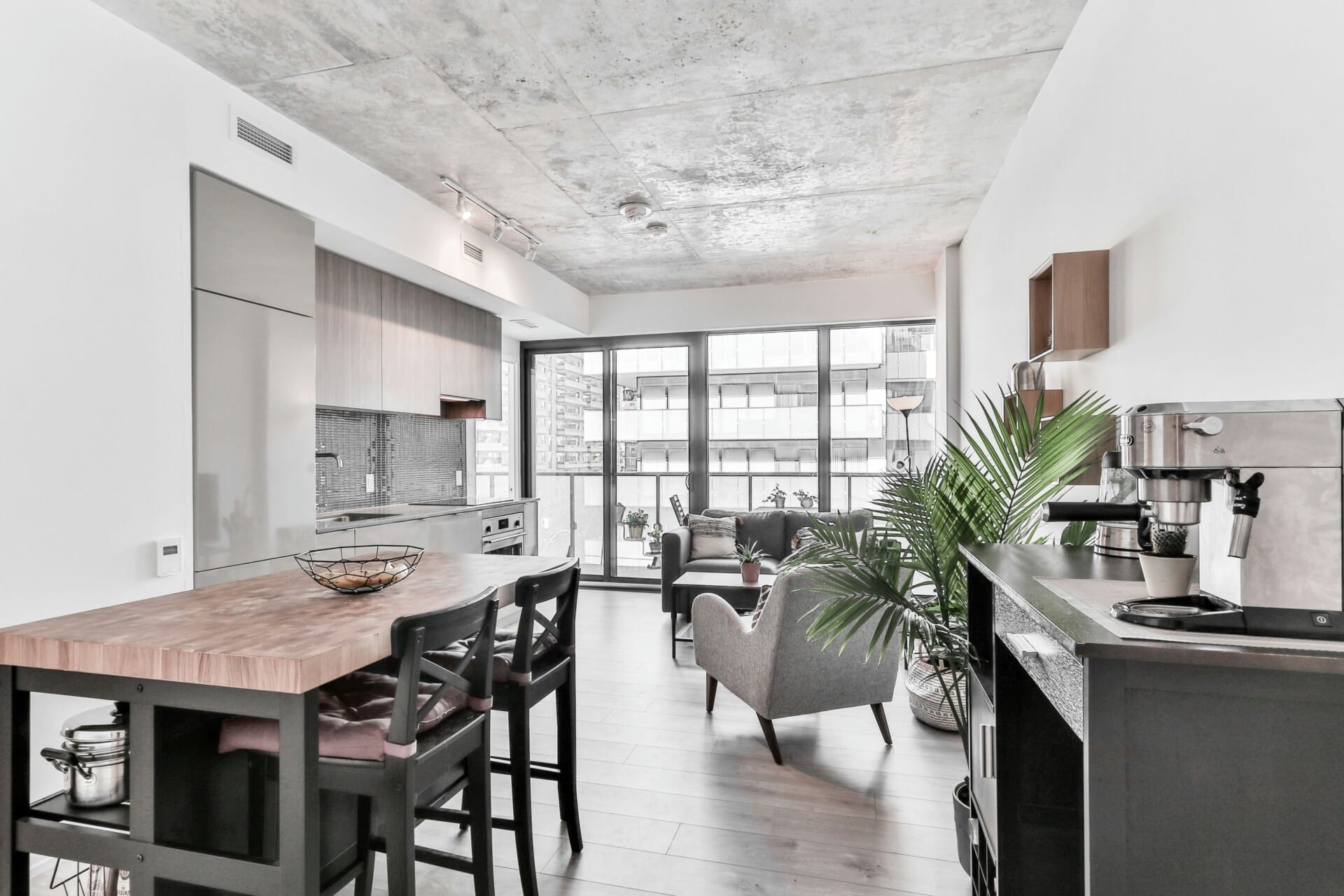
Future-Proofing Developments: Embracing Sustainable Design Practices
In light of the persistent rise in construction costs and the increasing urgency around climate issues, Malaysian developers are increasingly turning their attention to sustainable design practices. This pivot is more than just a trend; it’s a necessity in ensuring that future projects withstand economic fluctuations and environmental changes. By incorporating sustainable materials and innovative construction methods, developers can achieve long-term savings while also contributing to environmental conservation.
Key strategies that developers are embracing include:
- Utilizing Recycled Materials: Many are sourcing locally recycled materials to reduce waste and lower costs.
- Energy Efficiency: Designing buildings that optimize natural light and airflow minimizes reliance on artificial lighting and air conditioning.
- Green Certifications: Obtaining certifications like Green Building Index (GBI) not only enhances credibility but also attracts eco-conscious buyers.
| Sustainable Practice | Benefits |
|---|---|
| Solar Panel Installation | Reduces electricity costs and carbon footprint. |
| Rainwater Harvesting | Conserves water and lowers utility bills. |
| Energy-Efficient Appliances | Decreases energy consumption and enhances property value. |
Furthermore, community engagement plays a critical role in shaping the future of sustainable developments. Developers are beginning to involve local residents in the planning process, ensuring that new projects align with community needs and expectations. This collaborative approach not only helps in creating spaces that foster community spirit but also ensures that new buildings are integrated harmoniously into their surroundings. As developers continue to embrace this model, they pave the way for a brighter, more sustainable future that benefits everyone.
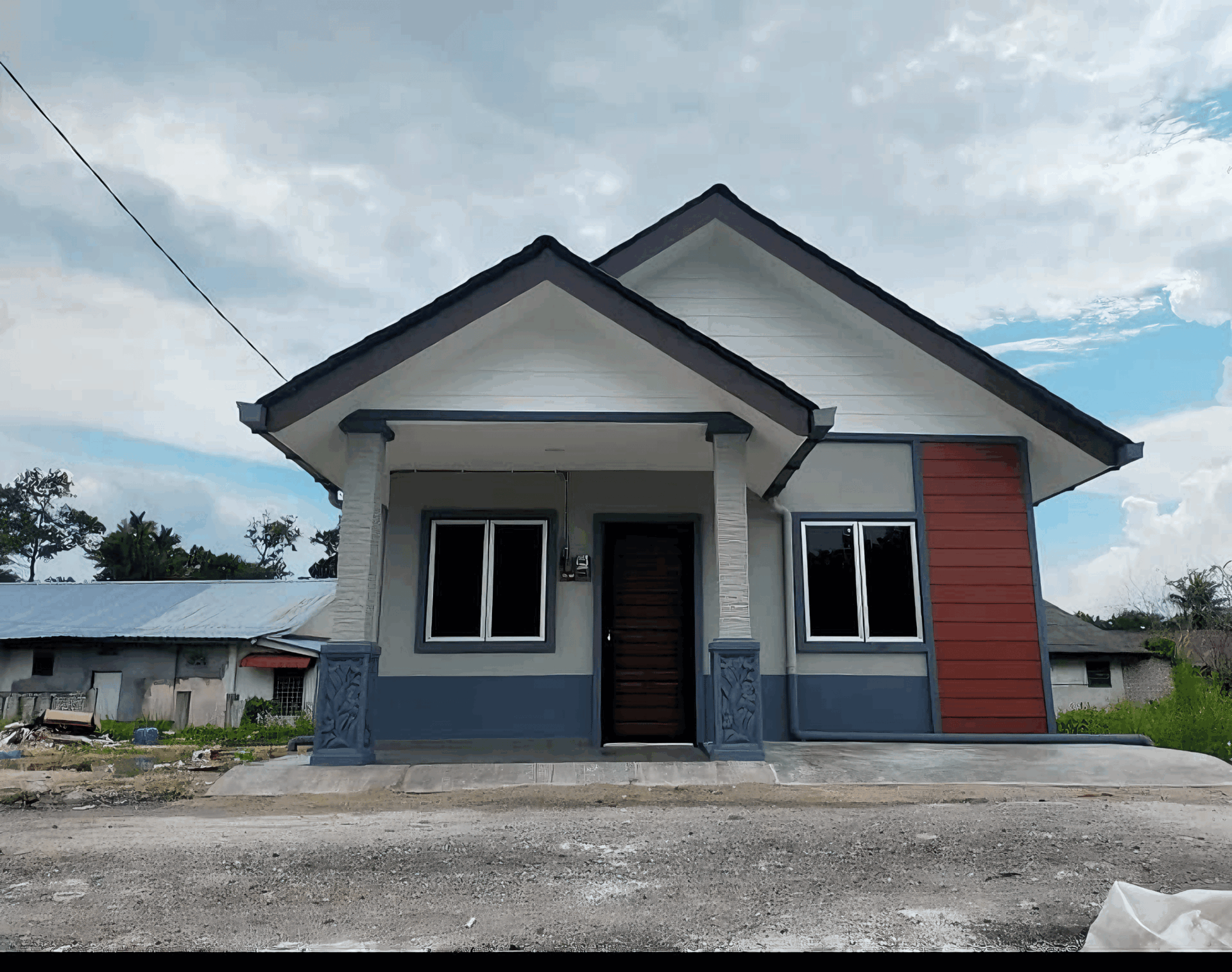
Investment in Skills Development: Preparing a Competent Workforce for Tomorrow
As the Malaysian developer landscape evolves amidst economic pressures, the importance of equipping the workforce with relevant skills cannot be understated. Developers are facing rising costs and heightened competition, which necessitates not just technical prowess but also adaptability and innovative problem-solving abilities. To meet these challenges head-on, companies are investing heavily in comprehensive training programs that encompass a variety of disciplines.
These training initiatives often focus on a blend of traditional and contemporary skills, allowing workers to stay ahead of the curve. Some key areas of development include:
- Digital Skills: Emphasizing the need for proficiency in tools like BIM and AI.
- Project Management: Developing capabilities to manage complex projects efficiently.
- Sustainability Practices: Training in eco-friendly construction methods and materials.
To further support workforce development, many firms are collaborating with educational institutions to bridge the skills gap. By creating tailored programs that address industry needs, these partnerships foster a continuous learning environment. Below is a simple overview of what these partnerships typically include:
| Partnership Aspect | Description |
|---|---|
| Curriculum Development | Programs designed to meet specific industry requirements. |
| Internships | Real-world experience for students to apply their learning. |
| Research Collaborations | Joint ventures to innovate and solve practical problems. |
Key Takeaways
As we wrap up our look at how Malaysian developers are navigating the choppy waters of rising costs and various challenges, it’s clear that the spirit of innovation and resilience is alive and kicking. It’s not just about weathering the storm; it’s about finding new ways to adapt and thrive in an ever-evolving landscape. By embracing technology, streamlining operations, and fostering stronger collaborations, developers are not just surviving—they’re setting the stage for a brighter future.
While the hurdles may seem daunting, we can take heart knowing that the dedication and creativity in this sector are strong. Every challenge brings with it an opportunity, and Malaysian developers are proving that with each passing day. So, as we look toward the future, let’s keep supporting local talent and celebrating the efforts put forth to shape our cities and communities. After all, it takes a collective effort to build something extraordinary. Here’s to the journey ahead!


